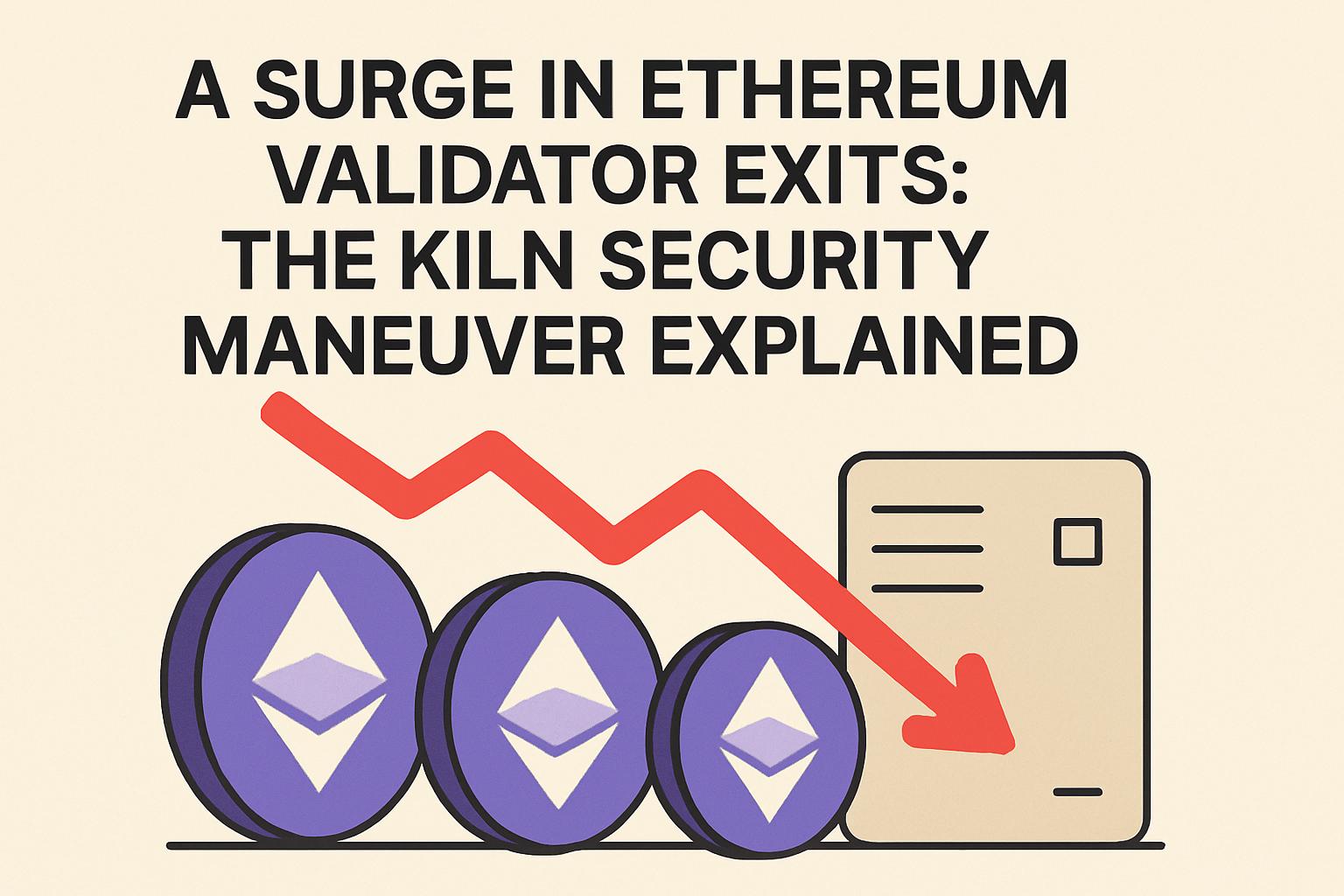The blockchain landscape faced a tremor as an emergent security event prompted Kiln, a major player in infrastructure services, to withdraw a massive stake of 1.6 million ETH from Ethereum validators. Despite immediate concerns of market instability, the reassurance that funds remained secure provided a moment of calm amid a potential storm.
Proactive Safety Measures in Motion
Kiln’s decisive action to exit its Ethereum validators stemmed from a security breach involving a Solana API vulnerability that also impacted SwissBorg. This move, encompassing assets worth roughly $1.6 billion at current market rates, sparked significant conversation while enlarging the exit queue by 700,000 ETH. Importantly, each Epoch (approximately 6.4 minutes) under the Ethereum PoS protocol restricts exits to 1,792 ETH, which predicts a withdrawal period spanning approximately 10 to 42 days.
Understanding the Churn Limit
For those wondering why the process is extended, it’s crucial to know that Ethereum’s ‘churn limit’ is a safeguard against network instability. By capping the number of validators that can leave per epoch, Ethereum ensures a buffer against massive market shifts and chain congestion, preventing panic-induced exits from derailing the overall network.
Market Implications and Speculative Thoughts
Amidst the discussions of forced exits, there is optimism that this would not translate into a massive dump in the markets. With 3.61 million of the total circulating supply staked across the network, the strategic withdrawal, perceived as a safety maneuver rather than financial restructuring, seems less likely to shake ETH’s market value drastically.
Industry analysts speculate that Kiln’s strategy involves restaking the withdrawn Ethereum under new security measures instead of liquidating them—once more emphasizing the precautionary stance in their operations.
Walking the Path of Transparency
In a reassuring declaration, Kiln promised to release a complete report following the thorough review and fortification of its infrastructure. During this interim, affected services remain partially suspended, yet user assets are secured, with ongoing staking rewards ensuring minimal financial impact.
Kiln’s co-founders underscore the importance of early detection and decisive action, vowing to maintain transparency throughout the process. As ETH prices stabilize post initial tremors, investor attention now turns to the forthcoming detailed incident report and the management of the 1.6 million ETH.
As always, this serves as a novel illustration of the blockchain adage that embraces “trustless security”—even seasoned entities remain vigilant against unforeseen risks, preserving faith in their robust frameworks and proactive strategies.

![[News] Bitcoin at a Turning Point? 10x Research Signals a Bullish Macro Shift Ahead](https://cryptoexplores.com/wp-content/uploads/2025/06/new20250616.jpg)
![[News] Binance Lists $HOME, the Gas-Free, Bridge-Free All-in-One DeFi App](https://cryptoexplores.com/wp-content/uploads/2025/06/news20250617.jpg)